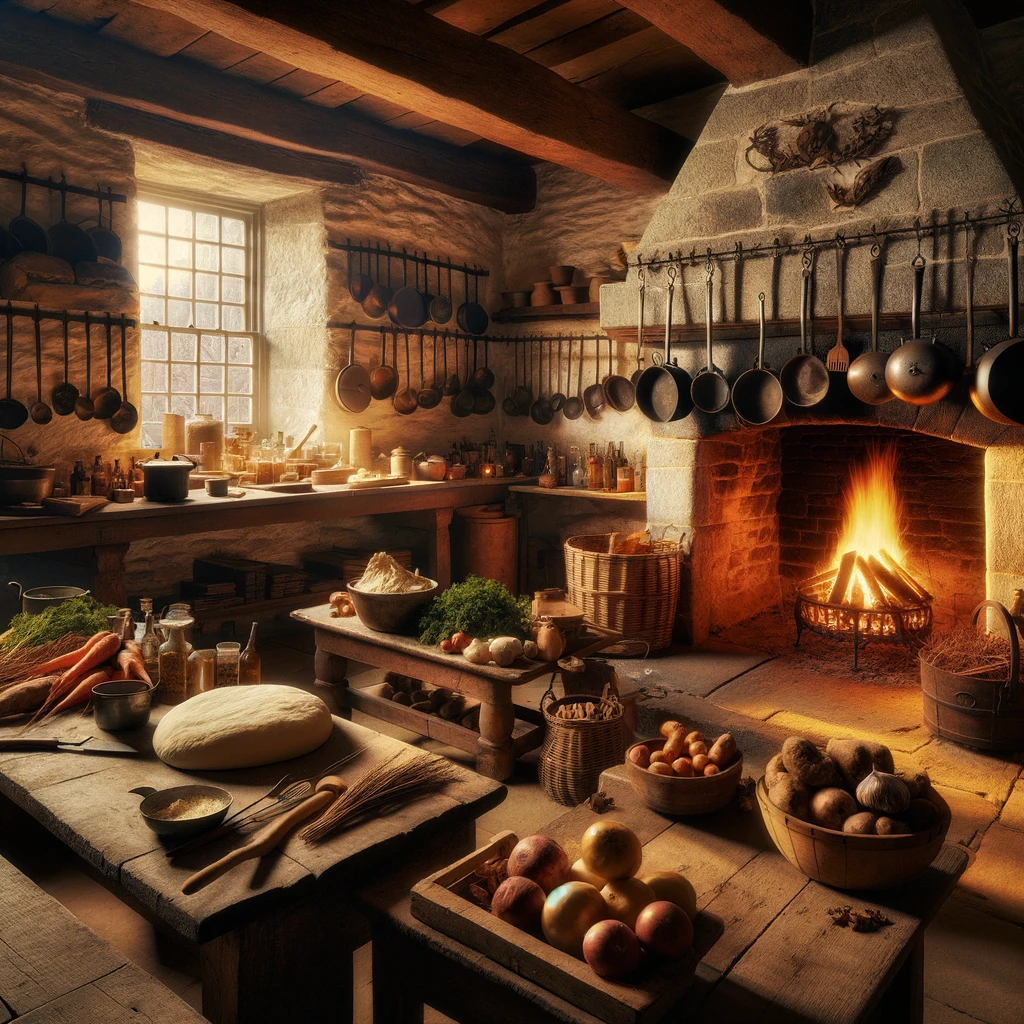
In the age of sleek, high-tech kitchens and quick culinary solutions, it’s hard to imagine drawing any relevant inspiration from the 18th century. Yet, the resourcefulness of Revolutionary War-era cooks can offer us ingenious hacks that align surprisingly well with today’s trends of sustainability, minimalism, and natural eating. Let’s dive into the past and uncover eight old-world cooking hacks that promise to revolutionize your kitchen practices, proving that sometimes, to move forward, we must look back.
1. Use Ashes for Preservation
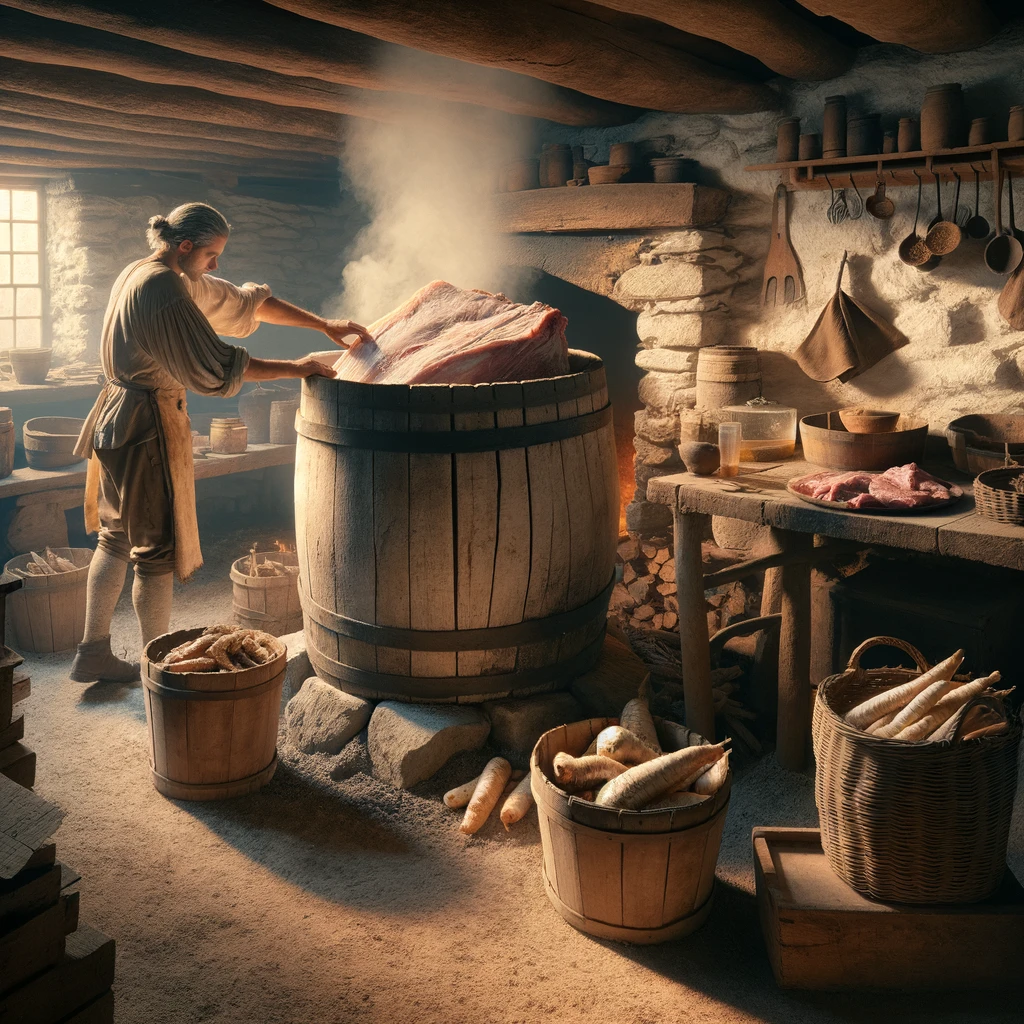
Long before the invention of refrigerators, Revolutionary War-era households used wood ashes to preserve meat and vegetables. The lye in wood ash creates an inhospitable environment for bacteria, thus extending the food’s shelf life. Today, this can translate into using natural preservatives in your kitchen. For instance, consider embracing fermentation and pickling, age-old techniques experiencing a modern renaissance, to naturally extend the life of your produce.
2. Fireplace Cooking for Flavor
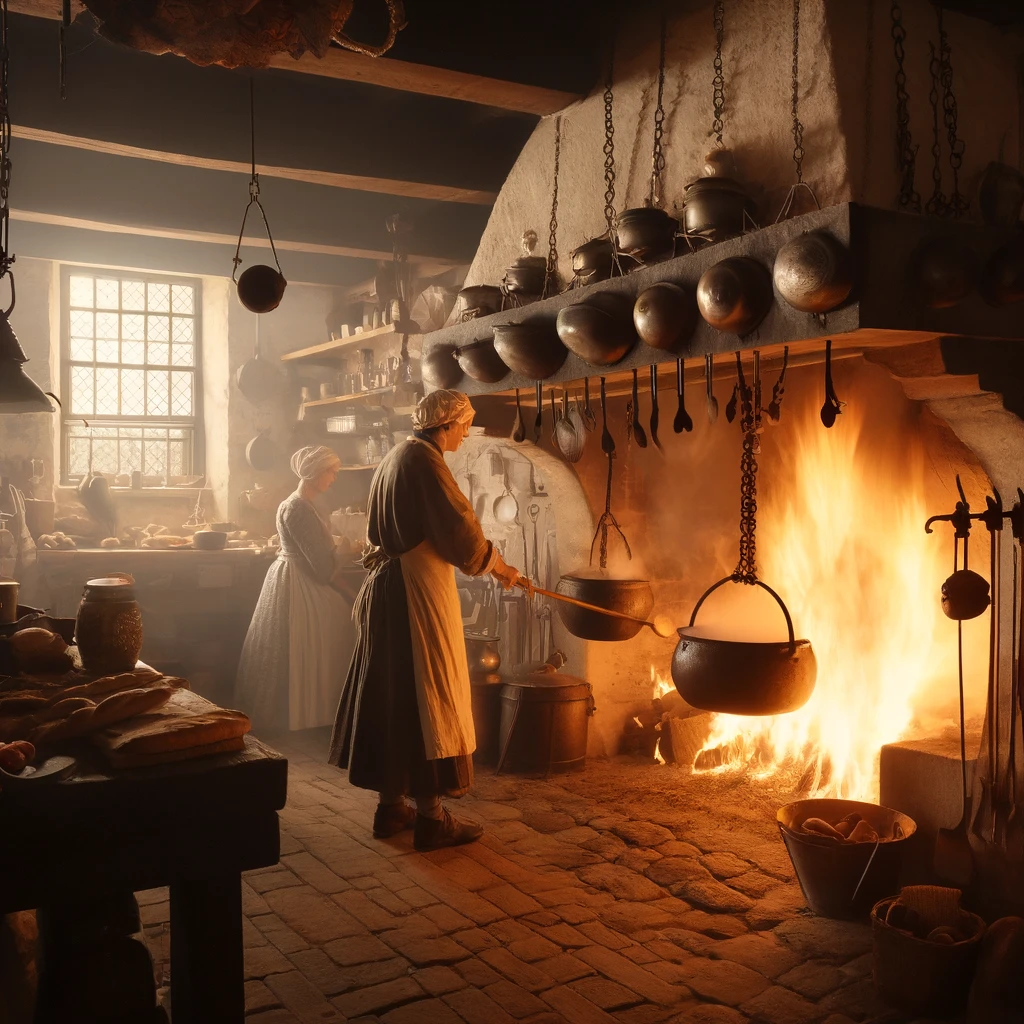
18th-century cooking was done over open fires, with various techniques to adjust heat levels. Emulating fireplace cooking can introduce a smoky flavor into modern dishes without an actual hearth. Experiment with liquid smoke or invest in a smoking gun to infuse meats, cheeses, and vegetables with a rich, fire-cooked aroma, adding an authentic touch to your culinary creations.
3. Fat as a Flavor Enhancer
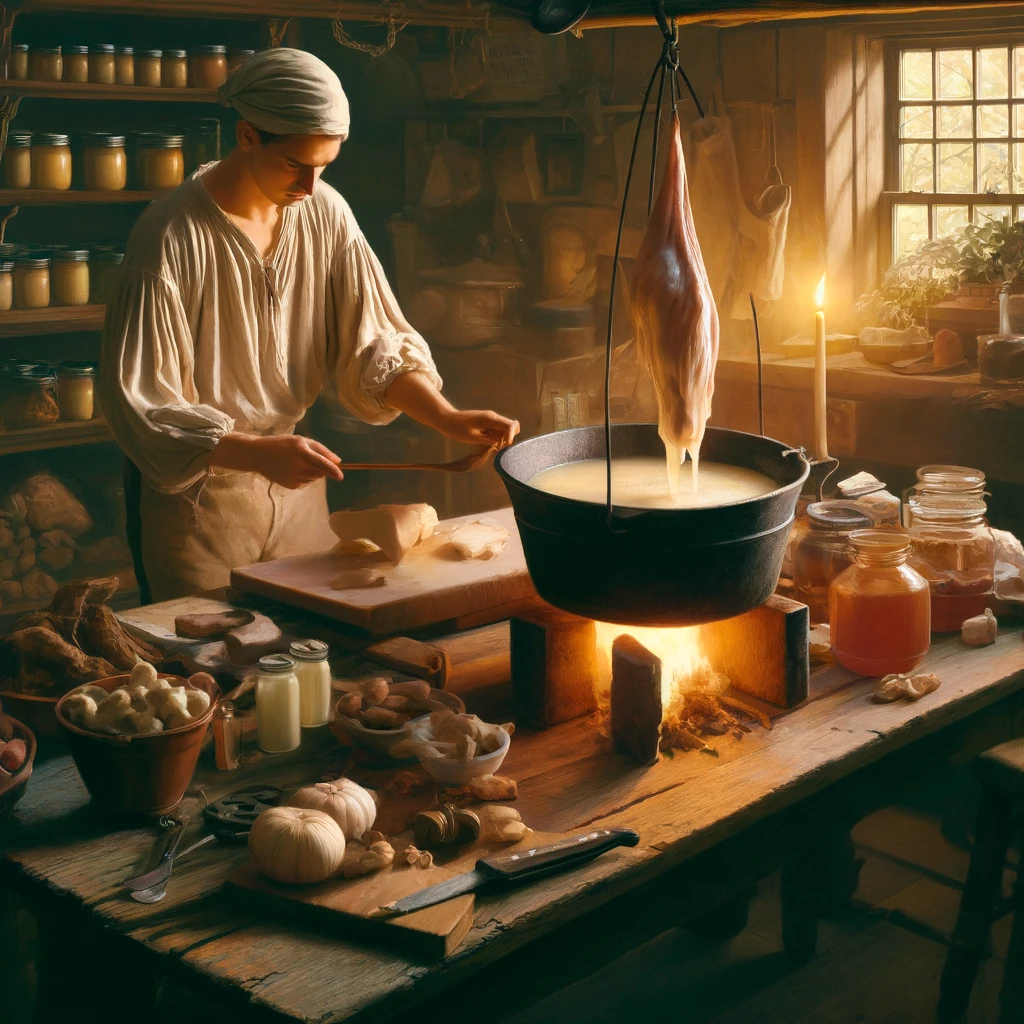
In times of scarcity, no part of an animal was wasted. Fats were rendered and used to add depth and flavor to dishes. This practice aligns with the contemporary nose-to-tail eating philosophy, which advocates for using the entire animal to reduce waste. Consider incorporating animal fats, like duck fat or lard, into your cooking for richer, more complex flavors and textures.
4. The Magic of Cast Iron
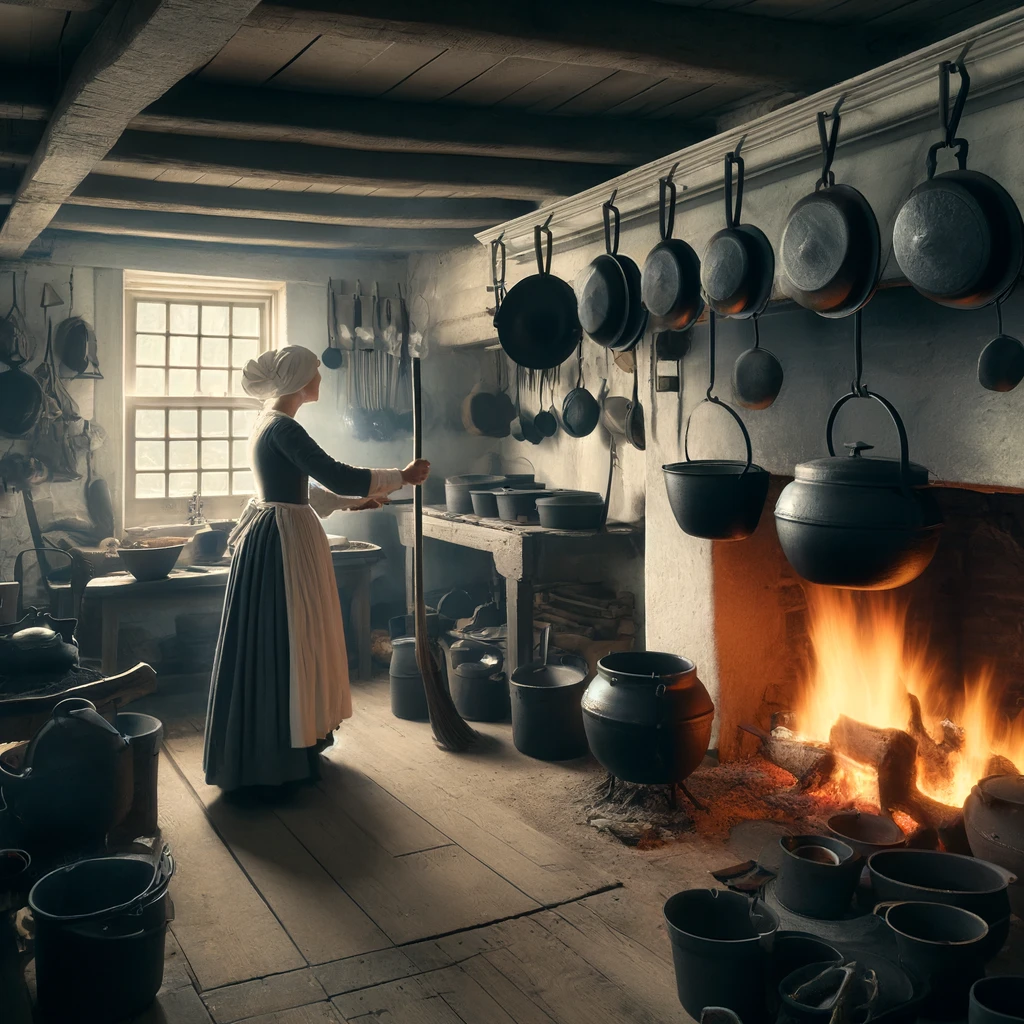
Cast iron was a staple in colonial kitchens, prized for its durability and even heat distribution. Modern cooks can rediscover the magic of cast iron cookware, which excels at everything from searing meat to baking bread. Unlike non-stick pans, cast iron improves with age and use, becoming more non-stick over time, a testament to the enduring wisdom of early American cooks.
5. Herbal Infusions for Health and Flavor
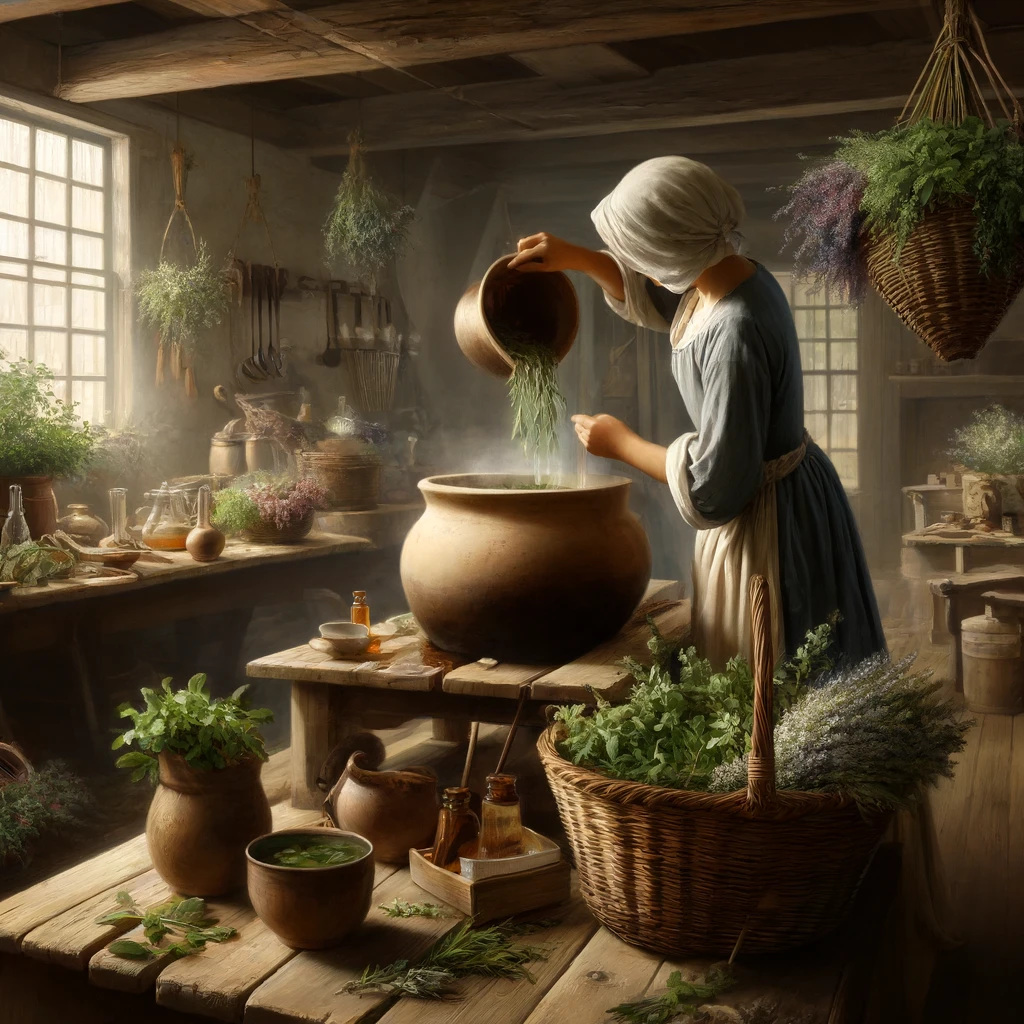
Revolutionary War-era cooks often used herbs not just for flavor, but for their supposed health benefits. With today’s growing interest in functional foods, incorporating herbs like rosemary, sage, and thyme into your cooking can add both complex flavors and potential health benefits. Experiment with making herbal teas, infusions, and broths as a way to introduce these beneficial plants into your diet.
6. Utilizing the Whole Vegetable
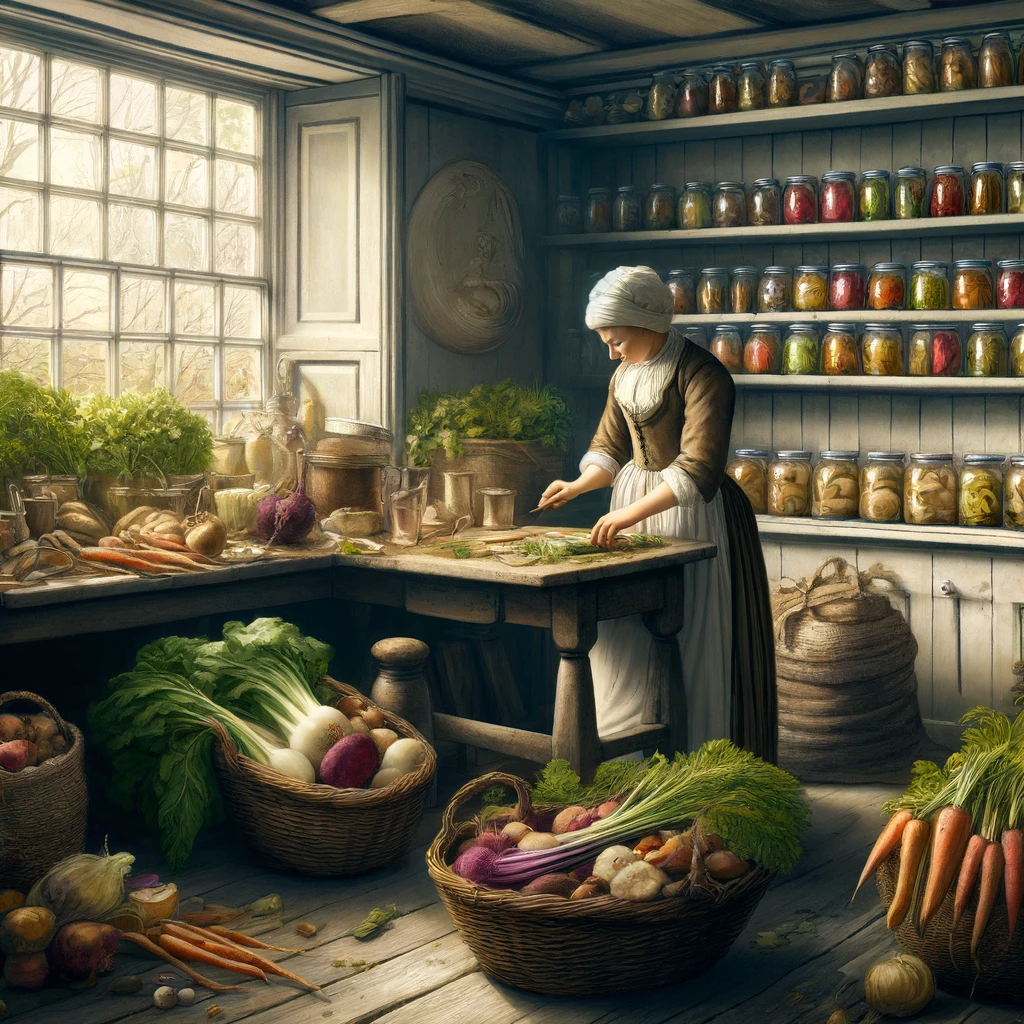
The concept of zero-waste cooking is not new. Colonial cooks used every part of the vegetable, from root to leaf. Modern kitchens can adopt this practice by finding creative uses for peels, stems, and leaves that are often discarded. For example, broccoli stems can be spiralized into noodles, and carrot tops can be turned into pesto, adding nutrition and reducing food waste.
7. Natural Sweeteners Over Refined Sugar
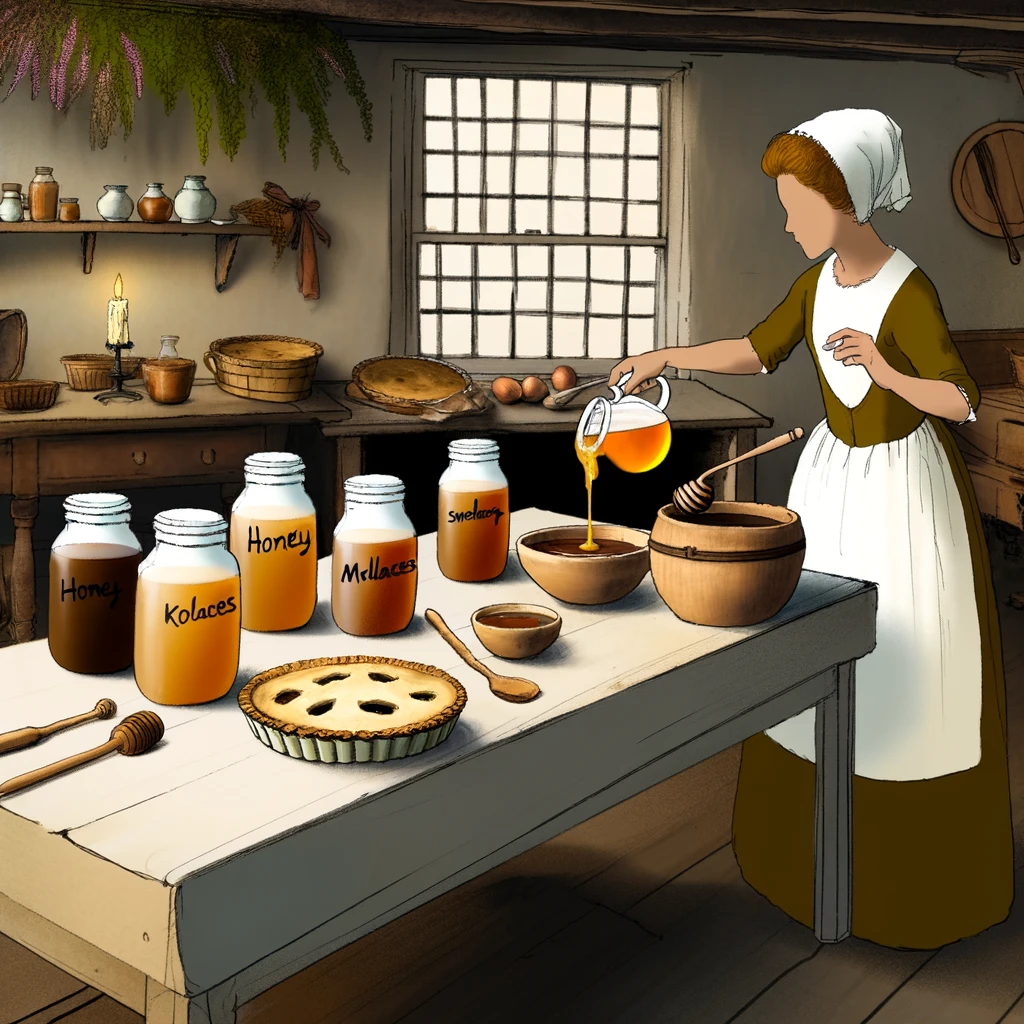
Refined sugar was a luxury item during the Revolutionary War era, leading cooks to sweeten dishes with natural sources like honey, molasses, and maple syrup. These sweeteners not only add a unique flavor profile but also contain more nutrients than their refined counterparts. Incorporating natural sweeteners into your cooking can reduce your consumption of processed sugars, aligning with healthier eating trends.
8. Bread Baking as a Staple Activity
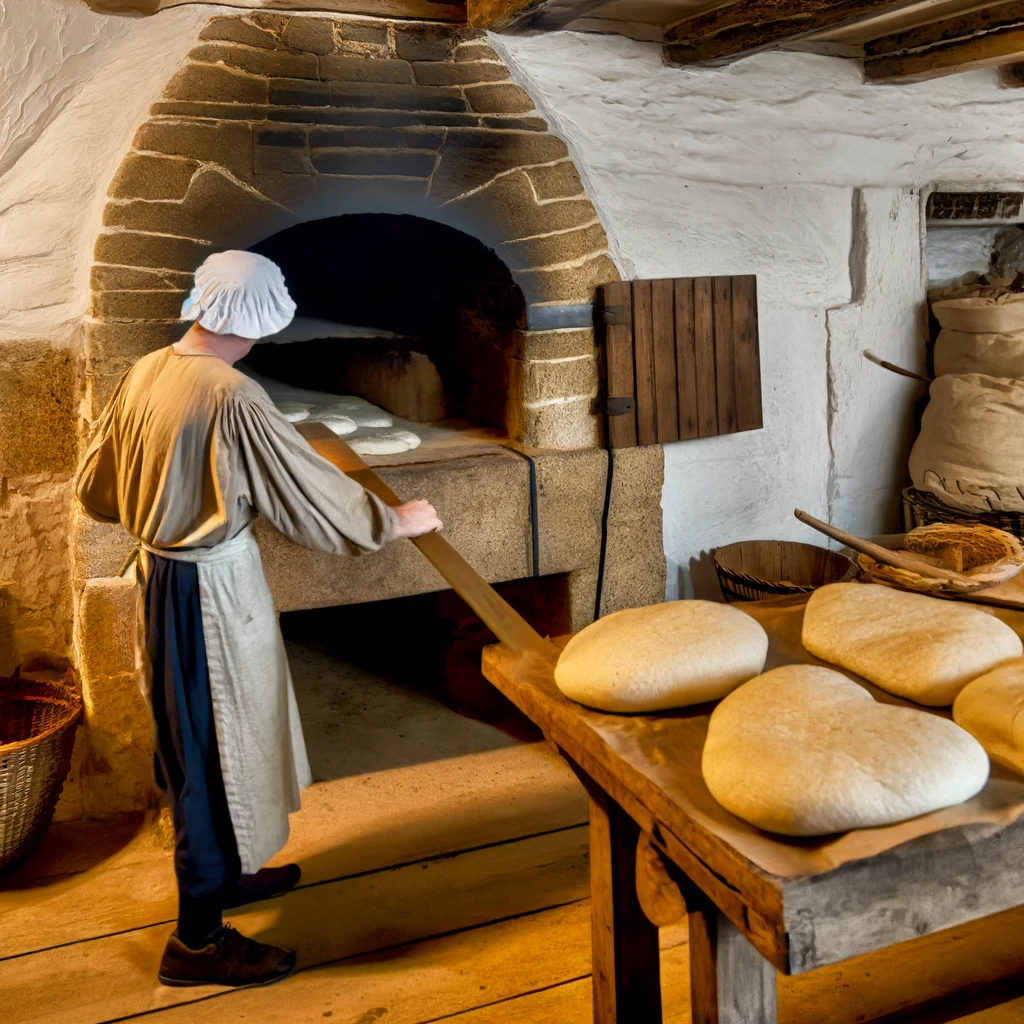
Bread was a staple in the colonial diet, with households baking their own daily. The recent resurgence in home bread baking, partly due to increased time at home, mirrors this historical necessity. Embracing the art of bread-making not only connects us with a time-honored tradition but also allows for control over ingredients, avoiding the additives found in many store-bought loaves.
Wisdom of the Past Can Serve the Present
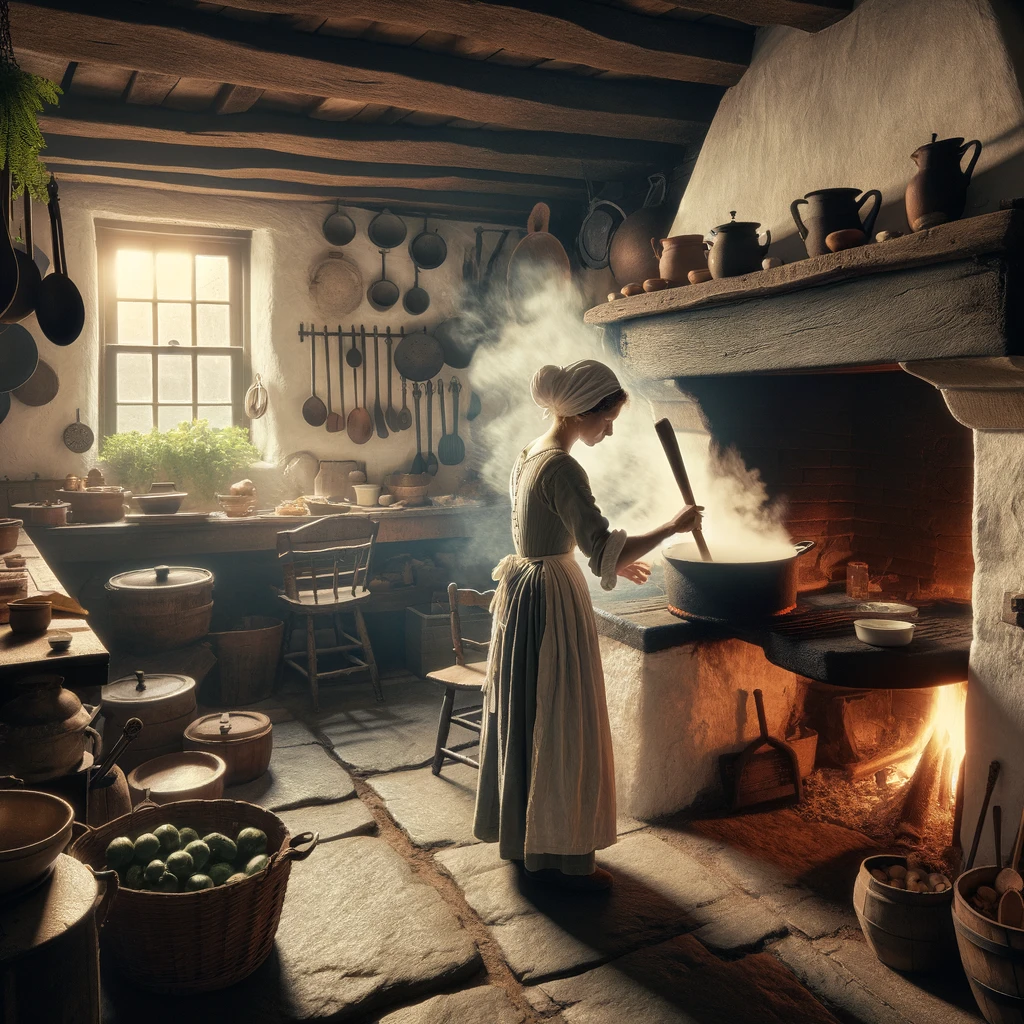
These eight Revolutionary War-era cooking hacks demonstrate that the wisdom of the past can indeed serve the needs of the present. By looking back, we find sustainable, flavorful, and nutritious ways to enhance our modern kitchen practices. Let these historical insights inspire you to experiment with old-world techniques that have the power to change your kitchen game entirely.
Read More
12 Baby Boomer Fads That Were Actually Dangerous
15 Old-Fashioned Household Tips That Save Time and Money

